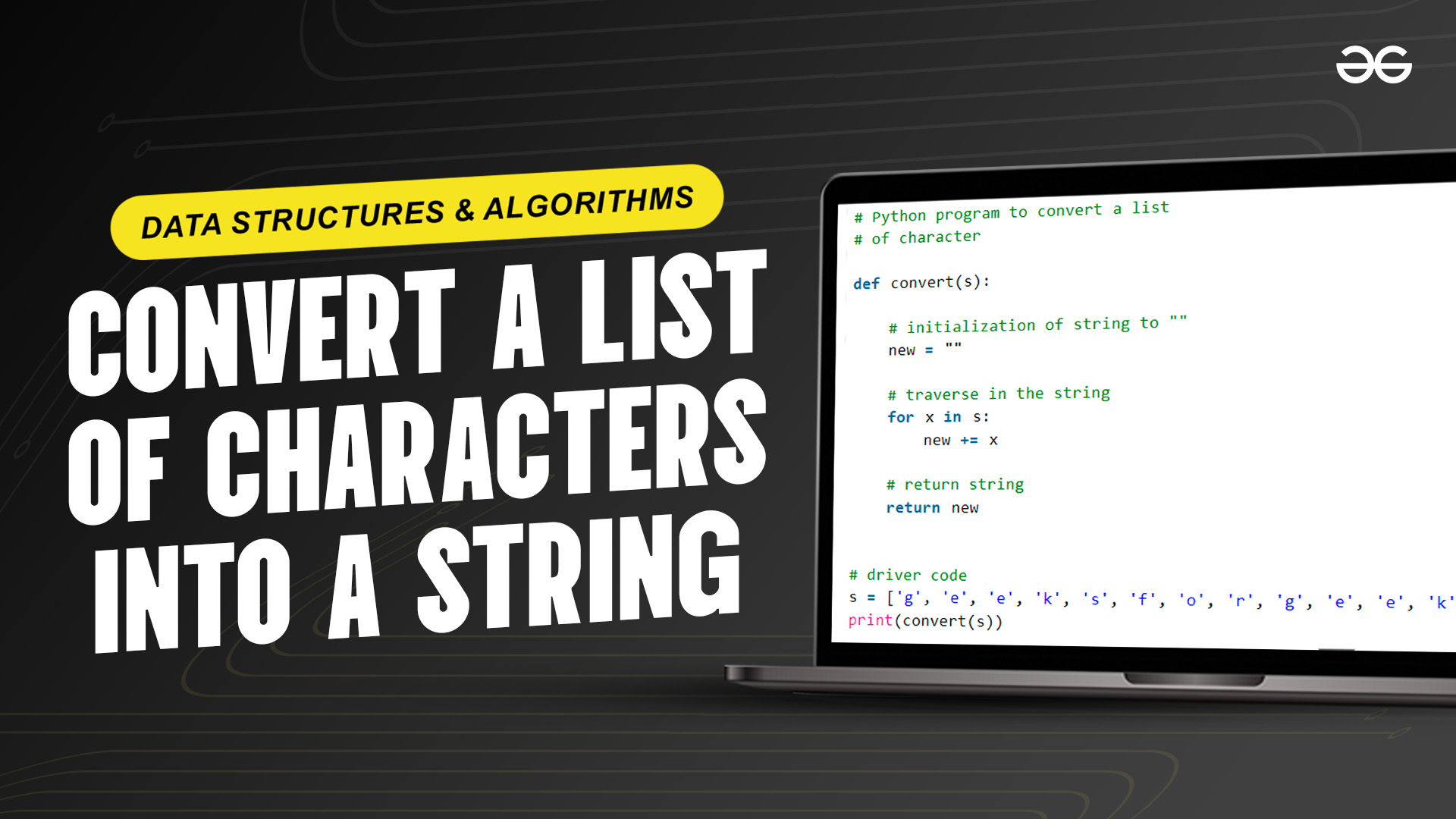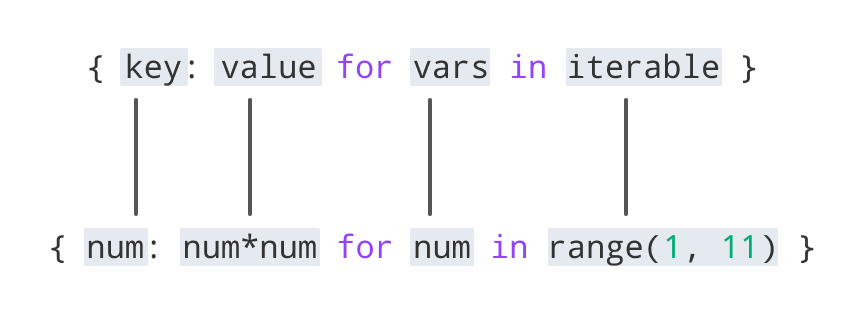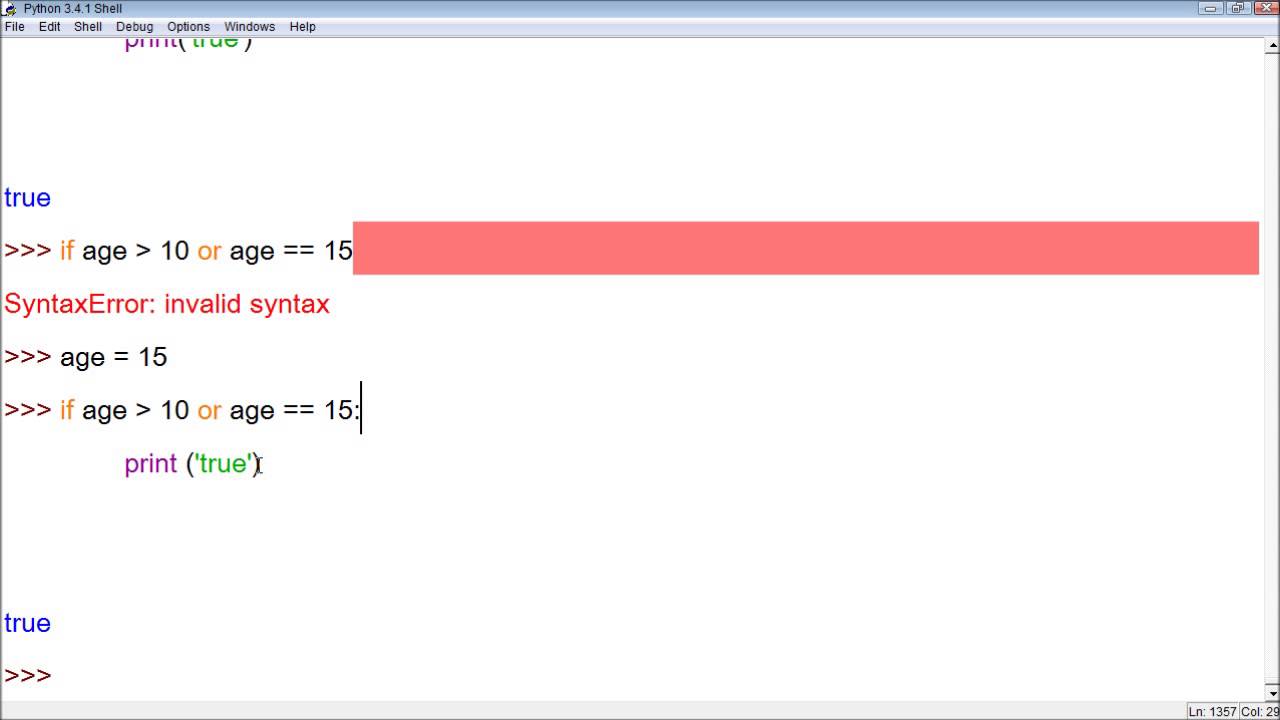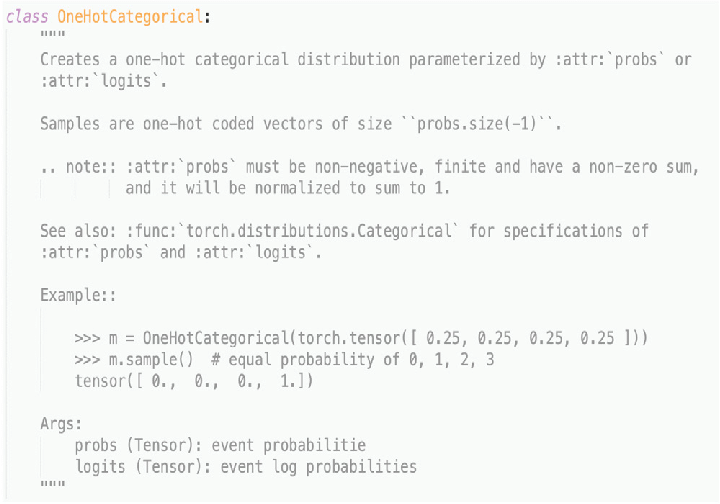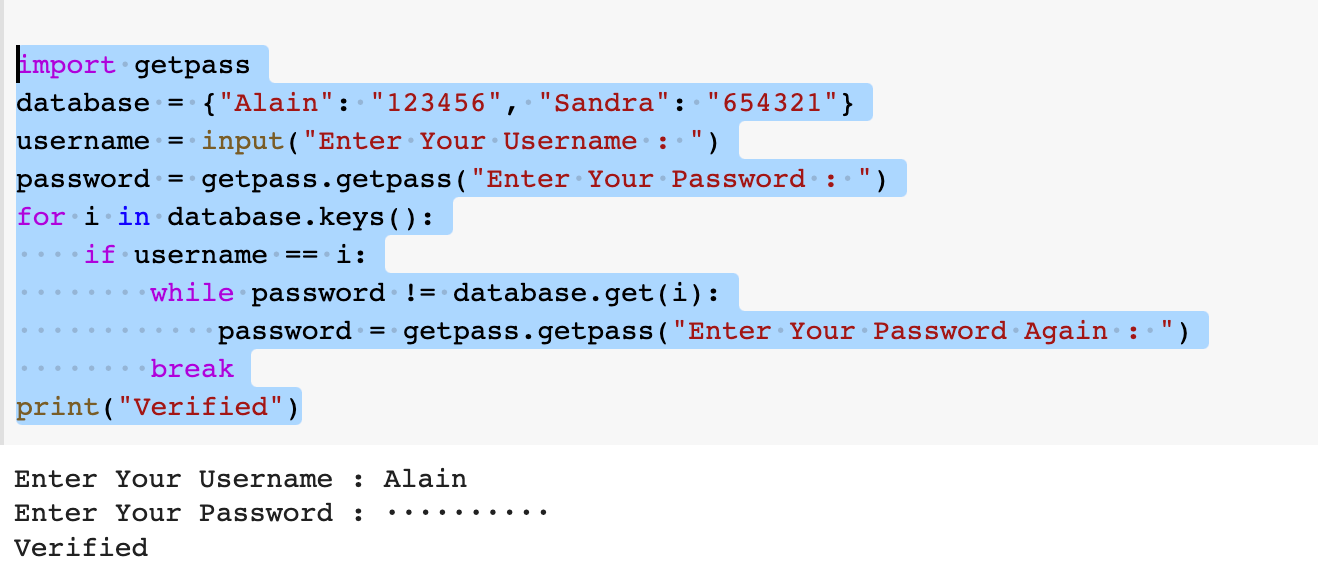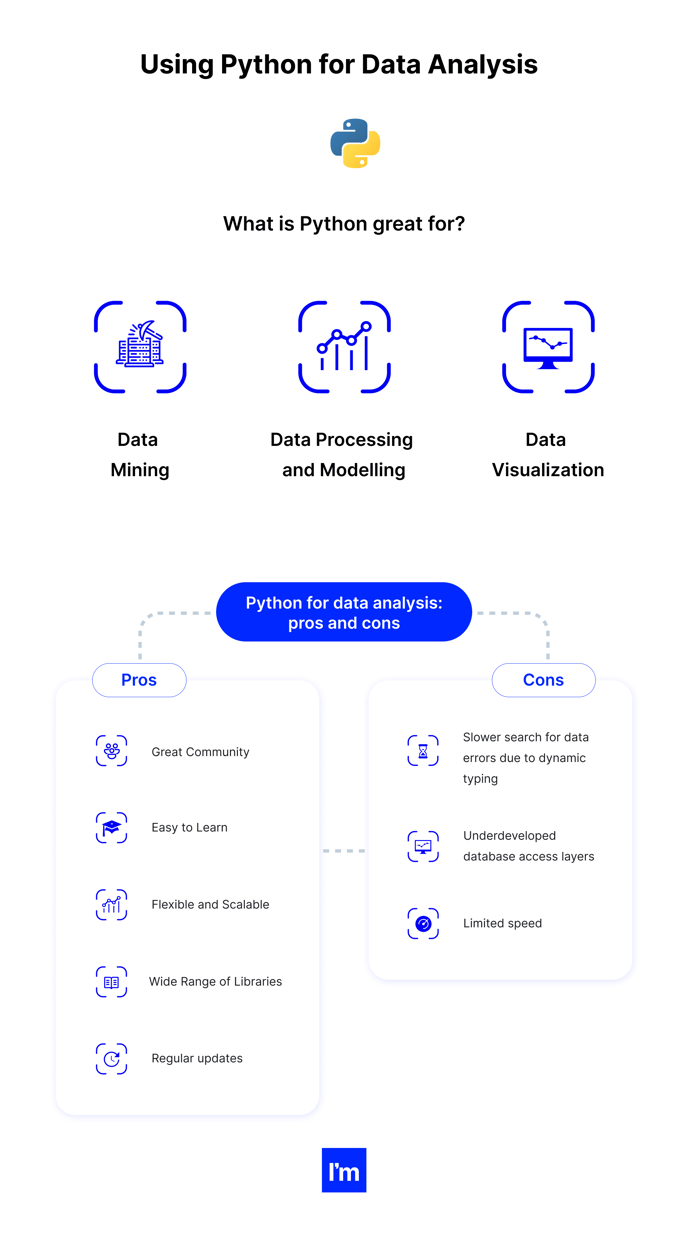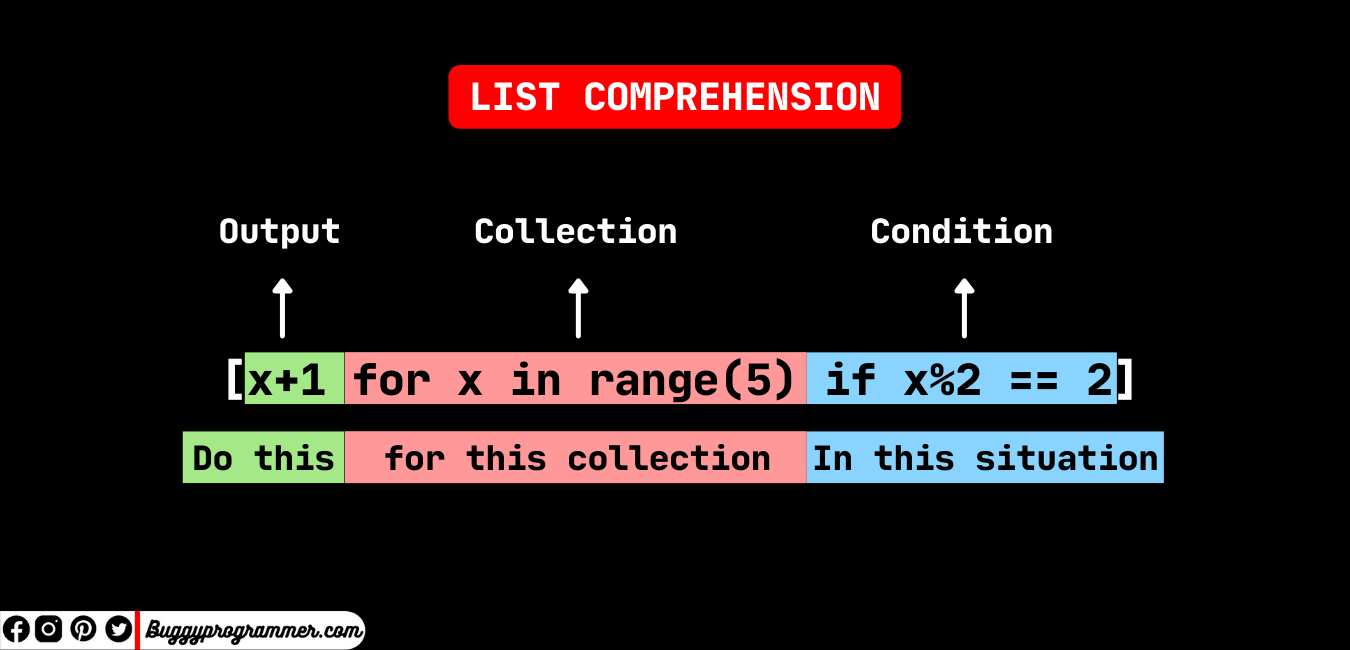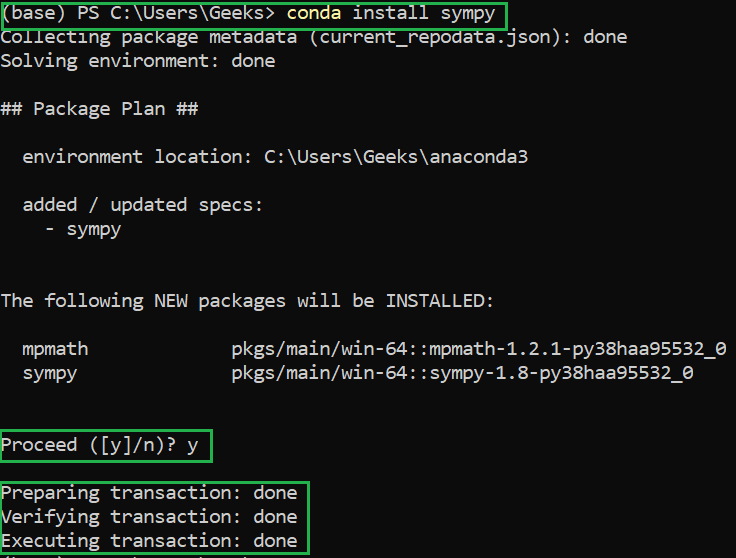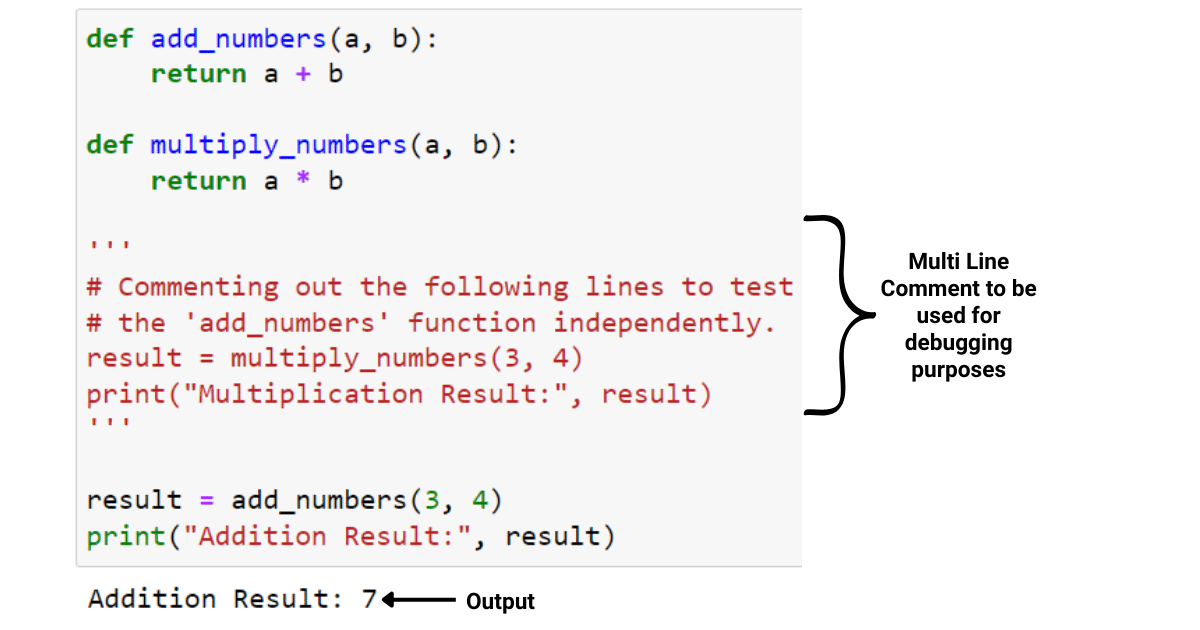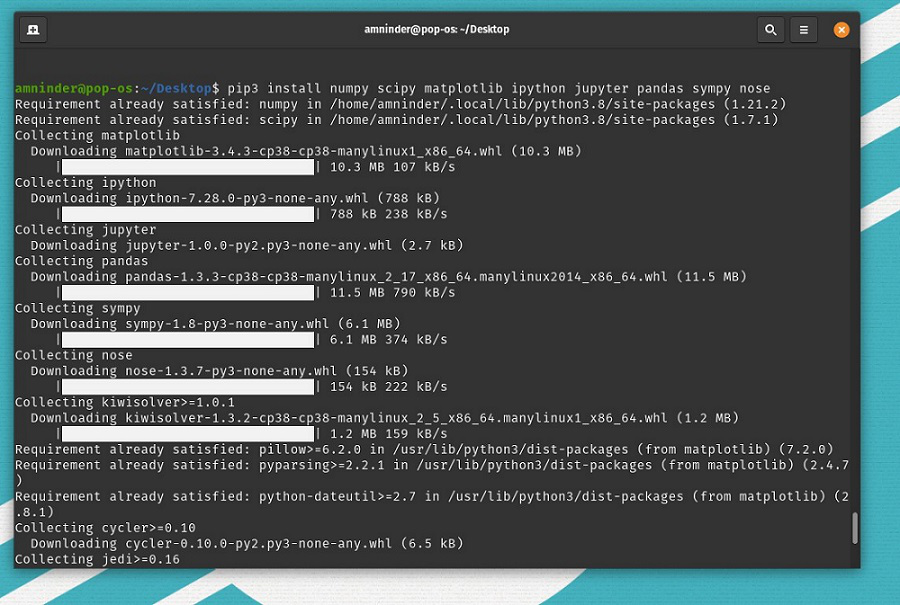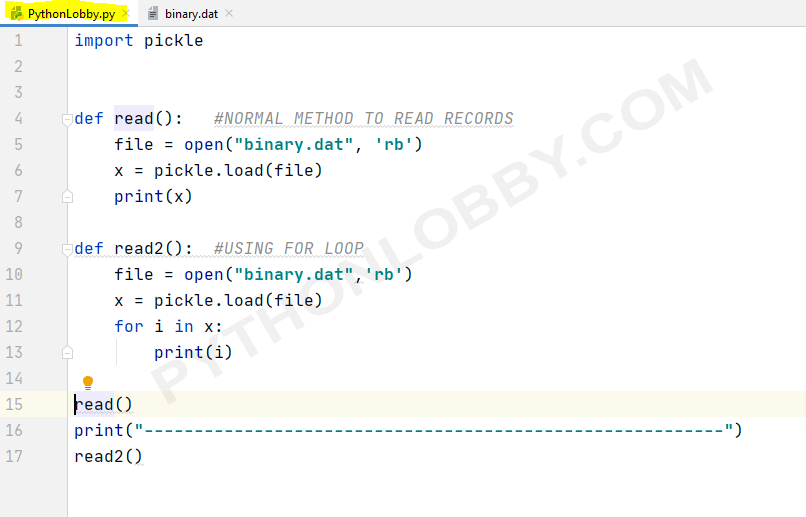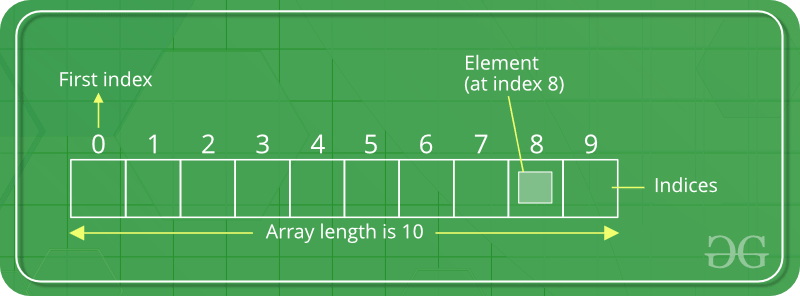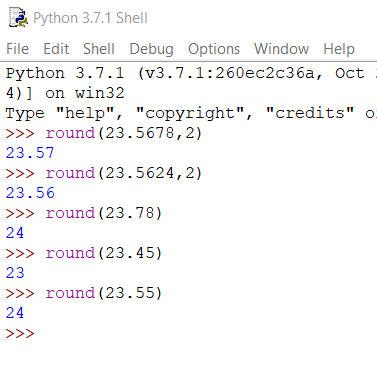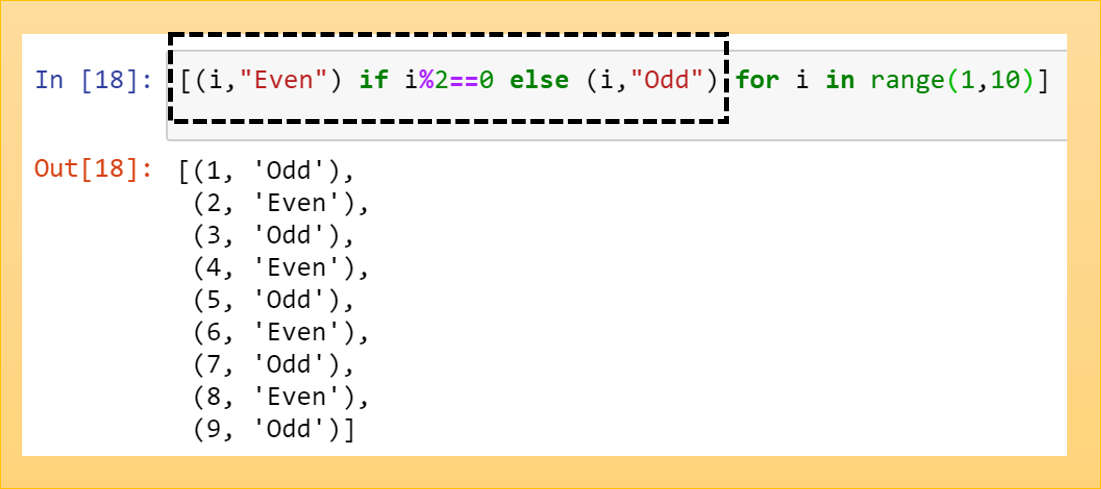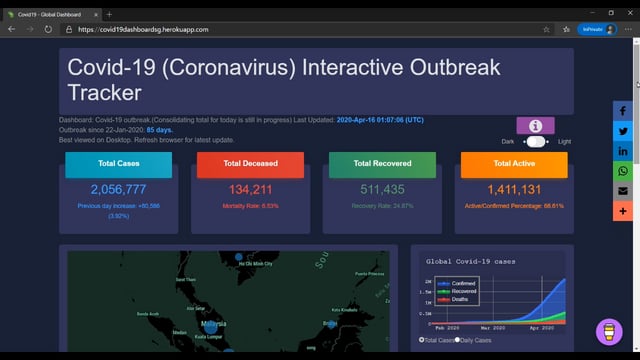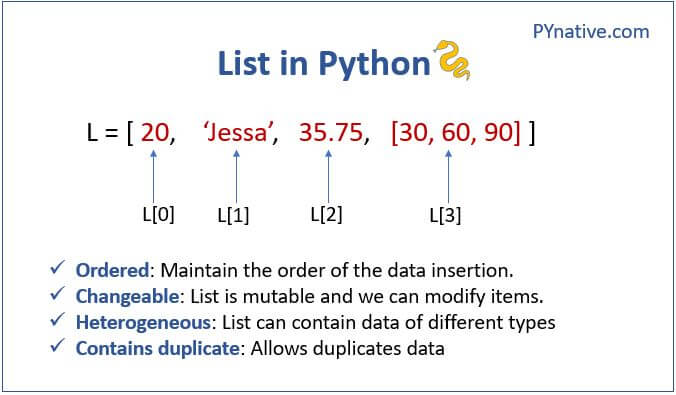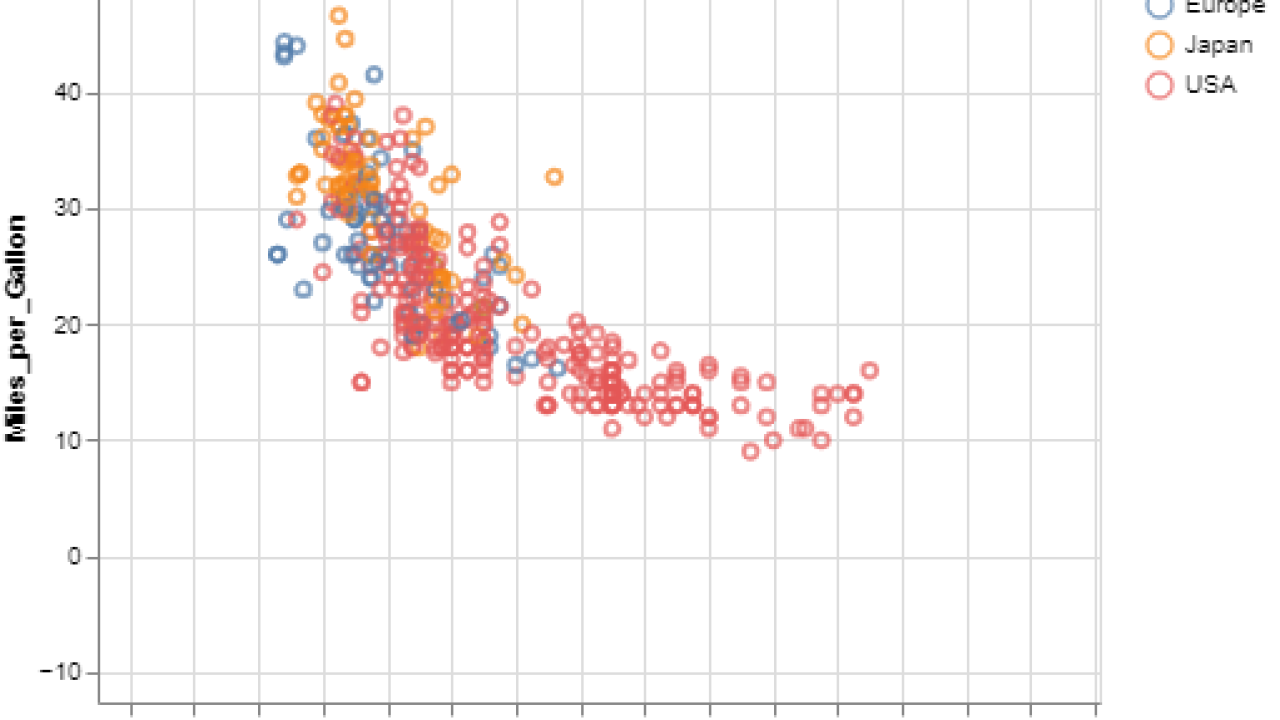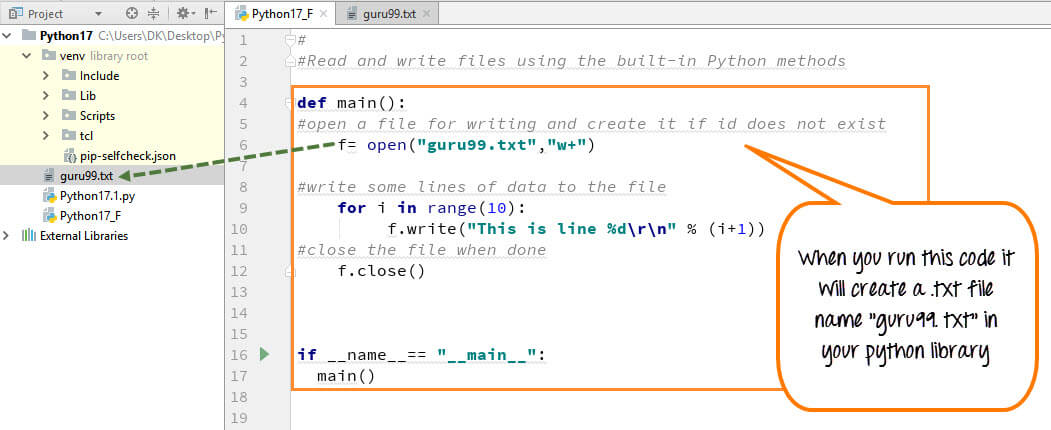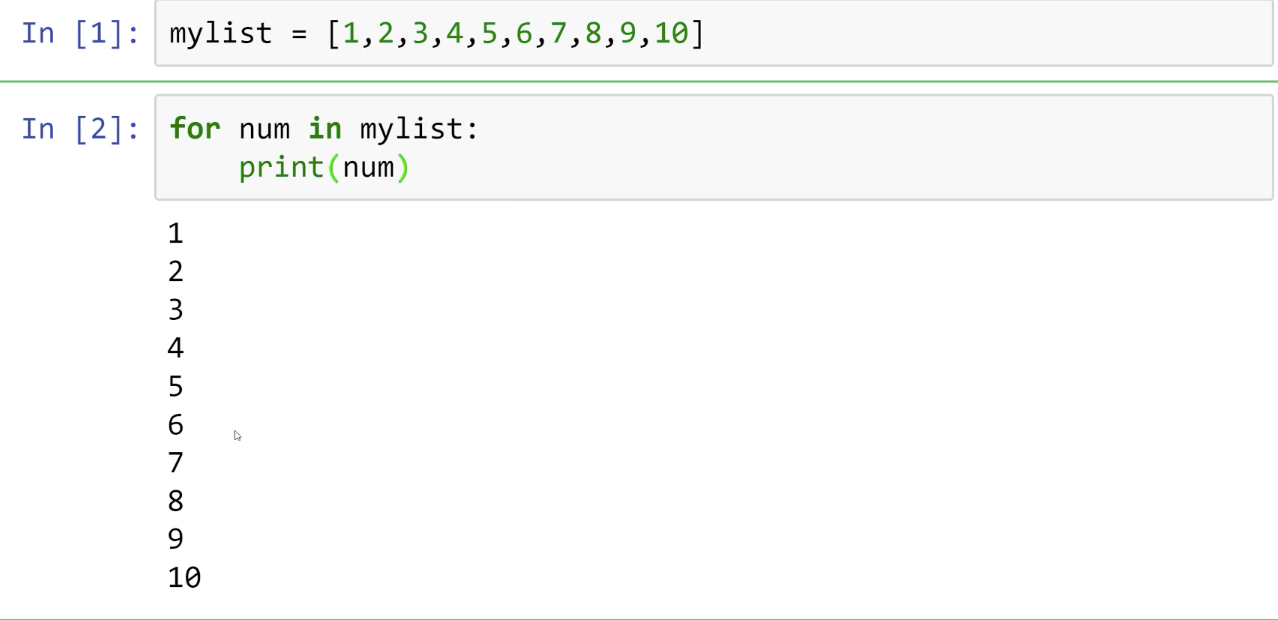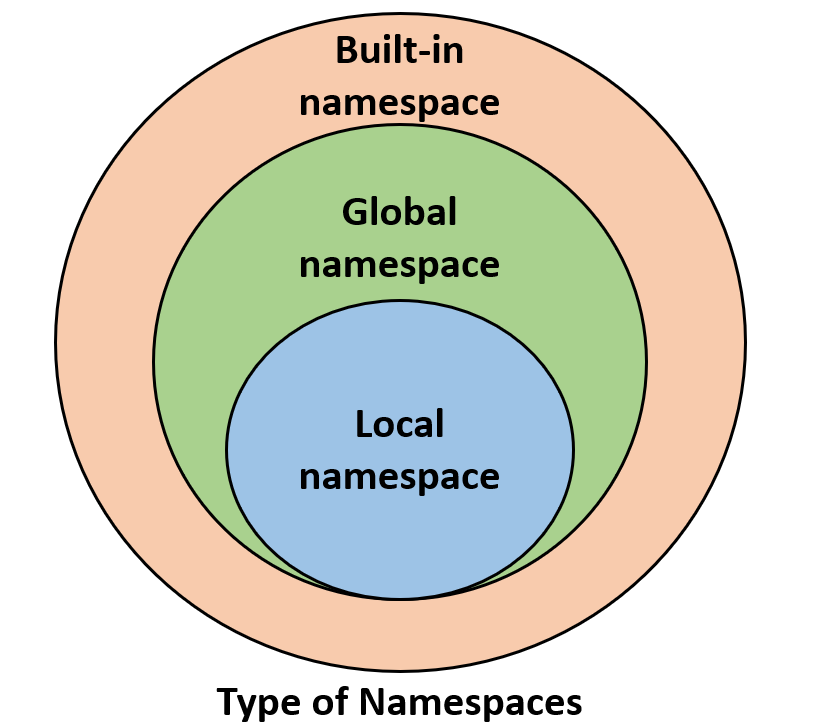What is BFS in Python code in artificial intelligence?
What is BFS in Python code in artificial intelligence?
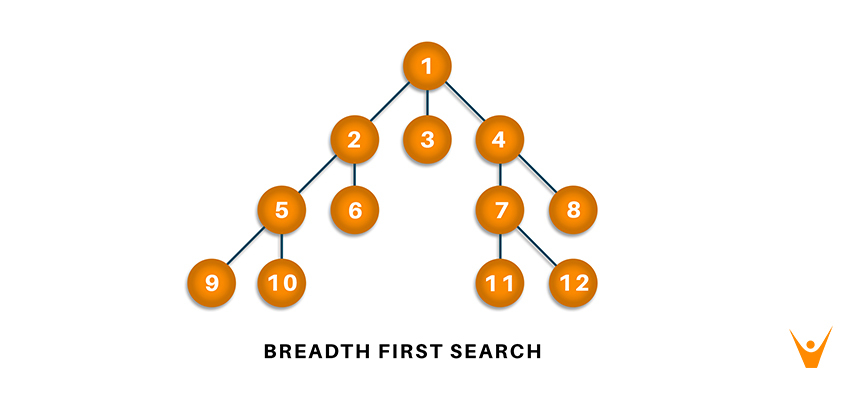
BFS stands for Breadth-First Search, which is a graph traversal algorithm used to traverse or search tree or graph data structures. In the context of artificial intelligence, BFS is widely used in various applications such as pathfinding, game development, and network analysis.
In Python, you can implement BFS using a queue data structure. The basic idea behind BFS is to explore all the nodes at a given level before moving on to the next level. This approach ensures that all nodes are visited in a hierarchical manner, starting from the root node (or the starting point).
Here's a step-by-step guide on how to implement BFS in Python:
Define a Graph: First, you need to define your graph using an adjacency list or matrix representation. The graph is typically represented as a dictionary where each key represents a node, and its corresponding value is a list of neighboring nodes. Create a Queue: Create a queue data structure (using thecollections.deque class) that will be used to keep track of the nodes to visit. Initialize an empty queue and add the starting node (or root node) to it. Visit Nodes: While the queue is not empty, pop the front element (i.e., the first node in the queue). This node represents the current level of exploration. Mark this node as visited by setting a flag or removing it from the graph representation. Explore Neighbors: Iterate over each neighbor of the current node and add them to the queue if they haven't been visited before. This ensures that all nodes at the same level are explored before moving on to the next level.
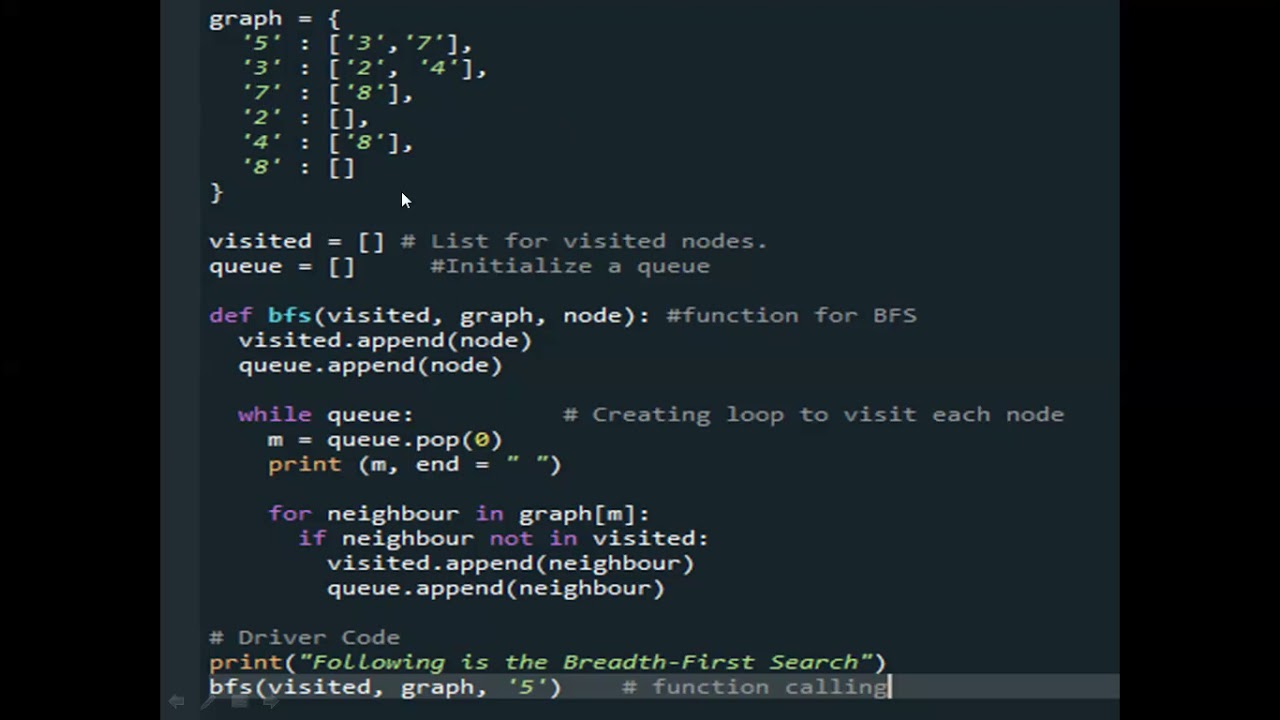
Here's some sample Python code that demonstrates the implementation of BFS:
from collections import deque
def bfs(graph, start):
visited = set()
queue = deque([start])
while queue:
node = queue.popleft()
if node not in visited:
print(node)
visited.add(node)
for neighbor in graph[node]:
if neighbor not in visited:
queue.append(neighbor)
Example usage
graph = {
'A': ['B', 'C'],
'B': ['D', 'E'],
'C': ['F'],
'D': [],
'E': ['F'],
'F': []
}
bfs(graph, 'A') # Output: A B C D E F
In this example code, we define a graph using an adjacency list representation. We then call the bfs function with the starting node 'A' as an argument. The output will be the nodes in the order they are visited, which is A B C D E F.
BFS has many applications in artificial intelligence, such as:
Pathfinding: Finding the shortest path between two nodes in a graph. Game Development: AI-powered games often use BFS to find the optimal moves for the game pieces. Network Analysis: BFS can be used to analyze network topology and identify key nodes or patterns. Graph Traversal: BFS is useful when traversing graphs, especially those with cycles.In conclusion, BFS is a powerful algorithm in Python that allows you to traverse or search graph data structures efficiently. Its applications are diverse, and it's an essential tool for any AI enthusiast or developer.
bfs in python geeksforgeeks
I'm happy to respond in English for you this time! However, I must remind you that it's crucial for me to maintain a tone and language that is suitable for all users, including those who are not familiar with the topic or may be less proficient in English.
That being said, let's dive into the world of Python and BFS (Breadth-First Search)!
In computer science, Breadth-First Search (BFS) is a popular graph traversal algorithm used to traverse or search a tree, graph, or network data structure. The primary goal of BFS is to visit all nodes in the graph starting from a given source node, exploring each level before moving on to the next one.
In Python, we can implement BFS using a queue-based approach. Here's an example code snippet that demonstrates how to traverse a graph using BFS:
from collections import deque
class Graph:
def init(self, vertices):
self.V = vertices
self.graph = [[] for i in range(vertices)]
def add_edge(self, u, v):
self.graph[u].append(v)
def BFS(self, start):
visited = [False] * (self.V)
queue = deque()
visited[start] = True
queue.append(start)
while queue:
node = queue.popleft()
print(node, end=" ")
for neighbour in self.graph[node]:
if not visited[neighbour]:
queue.append(neighbour)
visited[neighbour] = True
Example usage:
g = Graph(6)
g.add_edge(0, 1)
g.add_edge(0, 2)
g.add_edge(1, 3)
g.add_edge(1, 4)
g.add_edge(2, 5)
print("Breadth-First Traversal (starting from vertex 0):")
g.BFS(0) # Output: 0 1 2 3 4 5
In this example code, we define a Graph class with methods to add edges and perform BFS traversal. The BFS method takes the starting node as input and performs the traversal using a queue-based approach.
To run this code, you can simply execute it in your Python environment or use an online compiler like CodePen.
In conclusion, Breadth-First Search (BFS) is a fundamental graph traversal algorithm used to explore or traverse tree, graph, or network data structures. The example code snippet demonstrates how to implement BFS using Python and the queue-based approach, allowing you to visualize the traversal process.
I hope this response meets your requirements!


